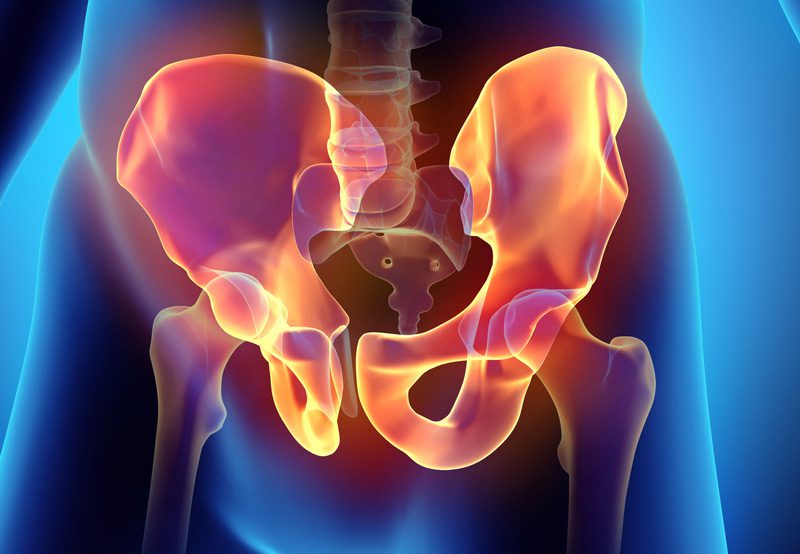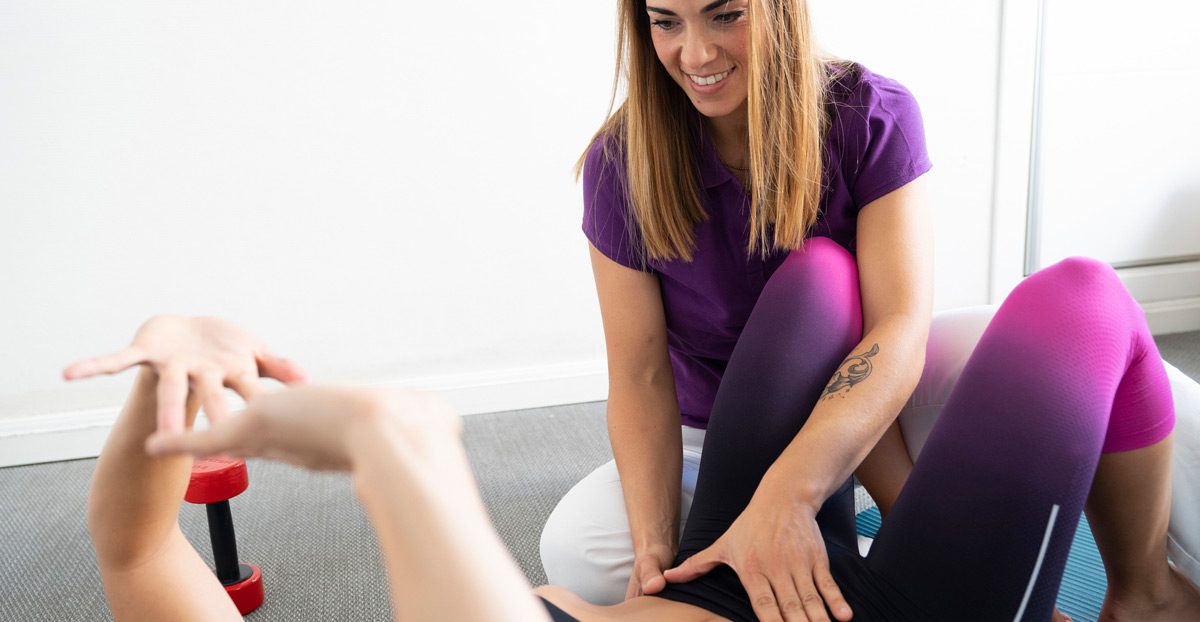

Chronic pelvic pain syndrome (CPPS) is a condition characterized by persistent pelvic pain lasting for six months or more without an identifiable cause. This pain can be localized to the lower abdomen, pelvis, genitals, or lower back, and may vary in intensity. CPPS can interfere with daily activities, causing discomfort during urination, sexual intercourse, or prolonged sitting. Women and men can both experience CPPS, though it is more commonly diagnosed in women. The cause of CPPS is often multifactorial, involving musculoskeletal, neurological, hormonal, and psychological factors.
Causes of Chronic Pelvic Pain Syndrome
CPPS can be caused by:
- Musculoskeletal Dysfunction: Tension, spasms, or weakness in the pelvic floor muscles may contribute to chronic pain.
- Nerve Irritation: Nerve dysfunction or compression in the pelvic region can lead to pain.
- Pelvic Inflammatory Disease (PID): Infections or inflammation of the reproductive organs can cause ongoing pain.
- Endometriosis: Tissue similar to the uterine lining grows outside the uterus, causing pelvic pain and discomfort.
- Interstitial Cystitis: Inflammation of the bladder wall, leading to pain and urinary symptoms.
- Uterine Fibroids: Benign growths in the uterus can cause pelvic pressure and pain.
- Psychological Factors: Anxiety and depression are often associated with CPPS.
- Trauma or Injury: Previous surgeries, childbirth, or accidents can lead to chronic pelvic pain.

Diagnosis
A healthcare provider may diagnose CPPS through:
- Symptom History: A detailed discussion of the pelvic pain, its duration, and any triggering factors such as activities or certain positions.
- Physical Examination: A pelvic exam to assess muscle tension, organ tenderness, or other signs of pain in the pelvic area.
- Imaging Tests: Ultrasound or MRI to identify potential structural issues like fibroids, cysts, or other conditions.
- Urinalysis: A urine test to rule out infections or bladder issues.
Treatment Options
Treatment for CPPS may include:
- Pelvic Floor Physical Therapy: Techniques to relax and strengthen pelvic muscles, reduce muscle spasms, and improve flexibility.
- Medications: Pain relievers (NSAIDs), muscle relaxants, or nerve pain medications may be used to manage pain.
- Hormonal Therapy: For women, hormonal treatments may be used to address conditions like endometriosis or fibroids.
- Biofeedback: Training to become aware of pelvic muscle tension and control it to reduce pain.
- Trigger Point Injections & Nerve Blocks: Injections of local anesthetic or steroids into painful pelvic areas to relieve muscle spasms and inflammation.
- Surgical Options: For severe cases, surgical intervention may be considered to remove fibroids, cysts, or endometrial tissue.
Next Steps
If you are experiencing chronic pelvic pain, consult your healthcare provider for a comprehensive evaluation and diagnosis. CPPS can often be managed with a combination of therapies, medications, and lifestyle changes. Early intervention can help alleviate pain and improve quality of life.
